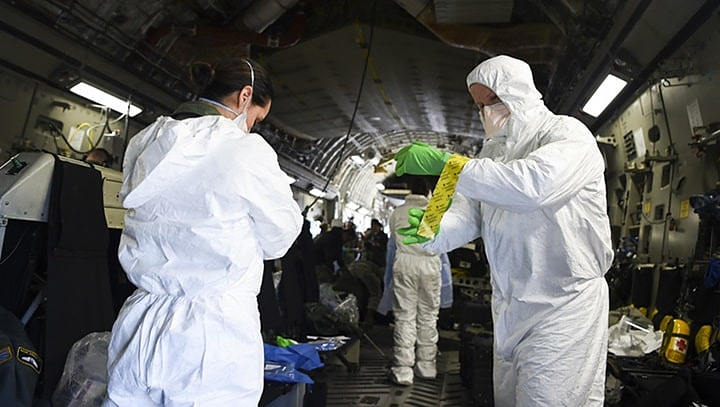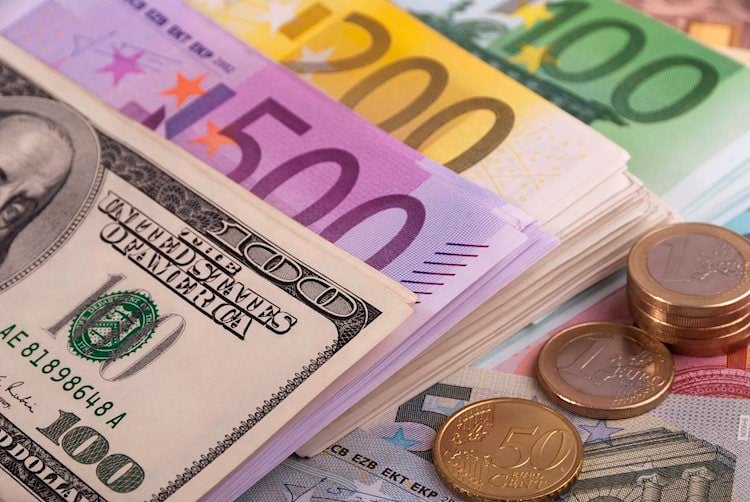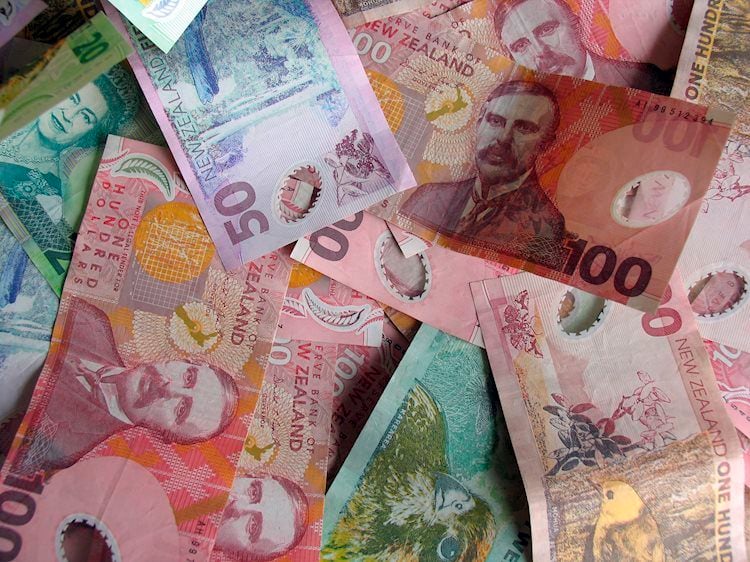The fiscal response to the health-care crisis was immediate, comprehensive, and multifaceted. Emergency measures aimed at cushioning the recession shock and facilitating economic recovery have been complemented by recovery packages aimed at bolstering the current upturn and laying the groundwork for future growth. However, there are differences between countries in terms of the amounts involved and how the measures are distributed.
According to our calculations, Italy has put forth the most effort, with a total of 71 percent of GDP. Germany comes in second with 47 percent, Spain third with 31 percent, and France fourth with 26 percent. Germany, France, and Italy have utilized more liquidity and guarantee measures as a percentage of GDP, whereas Spain has focused on fiscal measures.
Businesses and individuals have been split quite evenly when it comes to short-term fiscal measures. Italy and Spain have favored long-term measures to support the recovery, whilst France and Germany have focused on the short term.
The environment, competitiveness, cohesiveness, and health are the four strategic directions that long-term measures are organized around. The share devoted to the environment is the highest in all four countries. In France, the allocation of the three pillars of environment, competitiveness, and cohesiveness is the most equitable. Germany, on the other hand, stands out due to the size of its competitiveness program and the tiny size of its cohesion budget. These two regions are accorded equal weight in Spain. In Italy, togetherness has received more attention than competitiveness. Finally, whereas health-care investments account for a sizable portion of long-term spending in Germany and Spain, they are rather small in France and Italy.
Get the whole report by clicking here./n





